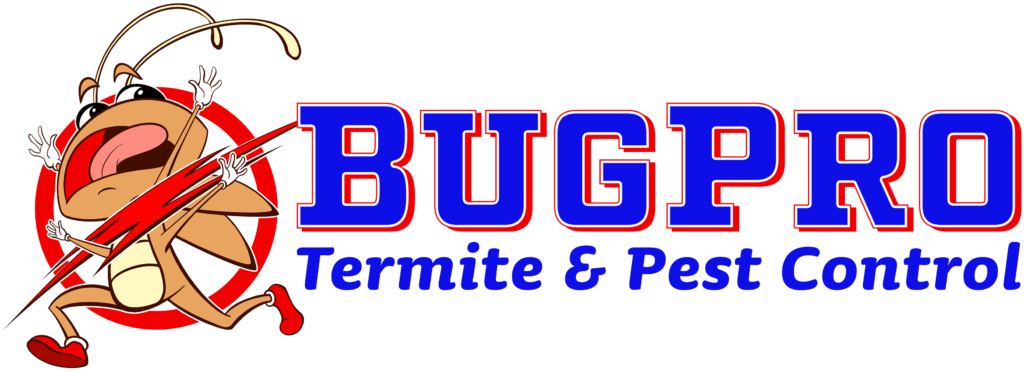
Termites are an ever-present threat to homeowners in California, with the state being one of the most termite-active areas in the United States. Among the most common culprits are drywood and subterranean termites. Understanding their swarming seasons can help homeowners take proactive measures to protect their properties from these wood-destroying pests. In this blog, we’ll delve into the biology of termite swarms, the differences between drywood and subterranean termites, the signs of swarming, and effective prevention strategies.
What Is Termite Swarming?
Termite swarming is a natural part of the termite life cycle. Swarmers, also known as alates, are winged reproductive termites that leave their colony to mate and establish new colonies. This swarming phase is a crucial indicator of termite activity and potential infestations.
Swarming Seasons in California
– Drywood Termites: Typically, drywood termites swarm late in the year. In California, you can expect drywood termite swarming from September through November. These termites infest dry, undecayed wood and can be found in structural lumber, furniture, hardwood floors, and more.
– Subterranean Termites: Subterranean termites, on the other hand, usually swarm in the spring. In California, subterranean termite swarms are most common from February to May. These termites build their colonies in the soil and need moisture to survive, often entering homes through foundation cracks, plumbing entry points, and other ground-level openings.
Recognizing the Swarming Signs
– Winged Termites: The most obvious sign of swarming is the presence of winged termites. These swarmers are attracted to light and can often be seen near windows, doors, and light fixtures.
– Discarded Wings: After mating, swarmers shed their wings. Finding piles of discarded wings on windowsills, countertops, or around entry points is a clear sign of recent swarming activity.
– Mud Tubes: For subterranean termites, the presence of mud tubes on exterior walls, foundation walls, and crawl spaces indicates termite activity. These tubes protect termites as they travel between their colony and food sources.
– Frass: Drywood termites produce frass, or wood pellets, as they tunnel through wood. Frass is often found in small piles near infested areas or exit holes.
Differentiating Drywood and Subterranean Termites
Drywood Termites:
– Drywood termite swarmers are about 1/2 inch long, with light brown to tan bodies and clear wings.
– Habitat: Infest dry, sound wood without needing soil contact.
– Damage: Typically found in furniture, wooden structures, and hardwood floors. The damage may be noticeable through blistering or hollow-sounding wood.
– Frass: Produce hard, pellet-like droppings that are often ejected from exit holes.
– Subterranean Termites:
– Appearance: Subterranean termite swarmers are slightly smaller, about 3/8 inch long, with darker bodies and milky wings.
– Habitat: Build colonies in the soil and require moisture to survive.
– Damage: Found in structural wood, support beams, and other ground-level wood components. Damage is usually less visible from the surface, as termites eat from the inside out.
– Mud Tubes: Construct mud tubes for protection while traveling between soil and wood sources.
Prevention Tips
– Routine Inspections: Conduct regular inspections of your home’s foundation, interior, and exterior for signs of termite activity. Pay close attention to crawl spaces, basements, and attics.
– Moisture Control: Reduce moisture levels in and around your home. Fix leaks, ensure proper drainage, and maintain good ventilation in crawl spaces and attics.
– Seal Entry Points: Seal cracks in your home’s foundation, around windows, doors, and utility lines to prevent termites from entering.
– Proper Wood Storage: Store firewood, lumber, and other wooden materials away from your home and off the ground.
– Treated Wood: Use pressure-treated or naturally resistant wood in construction and repairs to deter termites.
– Professional Assistance: Consider scheduling annual termite inspections with a licensed pest control professional.
Effective Control Measures
– Bait Stations: For subterranean termites, bait stations around your home’s perimeter can intercept and eliminate termite colonies.
– Fumigation: Full-structure fumigation is often necessary for severe drywood termite infestations to ensure all termites are eradicated.
– Localized Treatments: Spot treatments with termiticides or heat treatments can effectively control localized drywood termite infestations.
– Soil Treatments: Applying termiticides to the soil around your home’s foundation can create a barrier that subterranean termites cannot cross.
– Wood Treatments: Treating wood with borate-based products can help prevent termite infestations.
Why Choose Professional Help?
Termites can be challenging to detect and control without the right expertise and tools. Professional pest control services offer several advantages:
– Accurate Identification: Pest control professionals can accurately identify the type and extent of a termite infestation.
– Effective Treatments: They have access to advanced treatment methods and products that are not available to the public.
– Ongoing Monitoring: Regular monitoring ensures that any new termite activity is detected and addressed promptly.
– Prevention Advice: Professionals can provide customized advice on how to prevent future infestations based on your specific situation.
Understanding the swarming seasons and behaviors of drywood and subterranean termites is key to protecting your California home from these destructive pests. By recognizing the signs of swarming, taking preventive measures, and seeking professional assistance when needed, you can safeguard your property from costly termite damage. Stay vigilant!